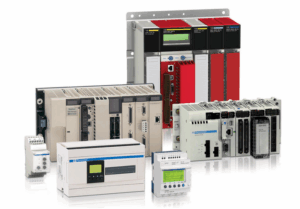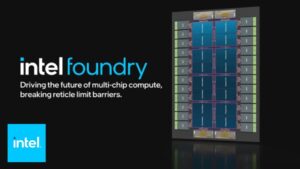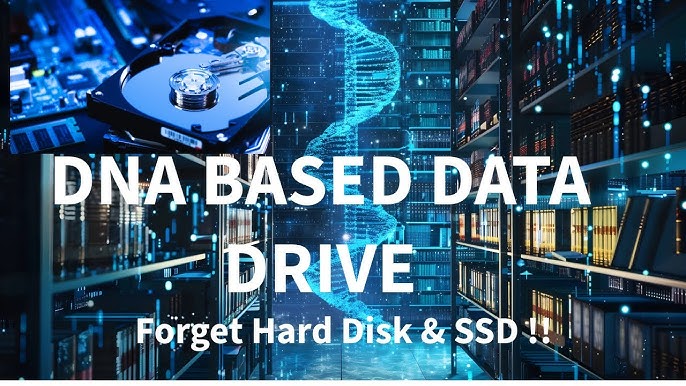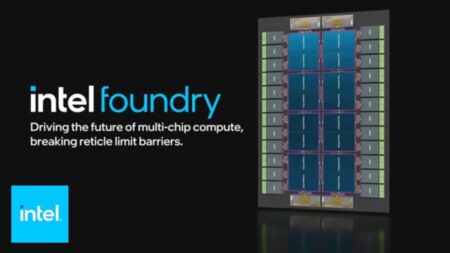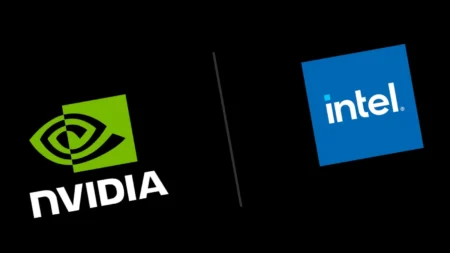In today’s fast-paced digital world, data is growing at an unprecedented rate. From personal devices to global enterprises, the demand for faster, larger, and more reliable storage solutions is exploding. While SSDs have become the standard for high-performance storage, the tech world is already looking ahead—toward revolutionary technologies like DNA-based storage and atomic-level data preservation.
SSDs: The New Standard
Solid-State Drives (SSDs) have overtaken traditional Hard Disk Drives (HDDs) thanks to their speed, durability, and energy efficiency. With 3D NAND technology, manufacturers can stack memory cells vertically, packing more data into smaller physical spaces while improving performance.
SSDs have become mainstream not just in consumer devices like laptops and gaming PCs, but also in servers and data centers across the globe. Their falling prices and increased capacities have made them more accessible than ever.
NVMe: Breaking the Speed Barrier
If SSDs were a leap forward, NVMe (Non-Volatile Memory Express) is a rocket. Unlike SATA-based SSDs, NVMe drives connect directly to the CPU via PCIe lanes, allowing for ultra-fast data transfer. For gamers, video editors, and professionals who work with massive datasets, NVMe is a game-changer.
Whether you’re building a custom PC or upgrading enterprise infrastructure, NVMe is quickly becoming the go-to interface for performance-first storage.
Cloud Storage and Object-Based Architecture
As storage needs scale beyond local devices, cloud storage solutions have become essential. Providers like Amazon S3, Google Cloud Storage, and Microsoft Azure Blob Storage offer scalable, distributed, and secure object-based storage for everything from backups to real-time applications.
For businesses in Albania and across the Balkans, cloud adoption is accelerating—offering improved collaboration, cost-efficiency, and disaster recovery.
The Future: DNA and Atomic Storage
Looking further ahead, researchers are working on game-changing storage technologies that defy conventional limits.
- DNA Storage: Scientists have already encoded entire books and videos into synthetic DNA. A single gram of DNA could theoretically store up to 215 petabytes of data. Microsoft and the University of Washington have developed promising early prototypes.
- Atomic Storage: On the atomic scale, IBM researchers have managed to store a bit of data on a single atom. While still in the research phase, atomic storage could one day deliver storage densities that make today’s hard drives look ancient.
Key Challenges
Despite rapid innovation, several challenges remain:
- Cybersecurity: As data becomes more valuable, protecting it is a growing concern.
- Energy Consumption: Data centers are major power consumers, raising environmental concerns.
- Data Management: Storing data is easy; managing, accessing, and securing it at scale is the real challenge.
Final Thoughts
Storage is no longer just a supporting technology—it’s the backbone of our digital future. Whether it’s blazing-fast NVMe drives, scalable cloud infrastructure, or futuristic DNA encoding, the race to reinvent storage is in full swing.



